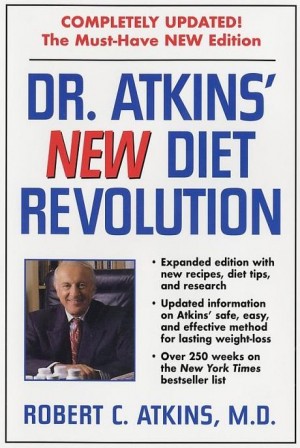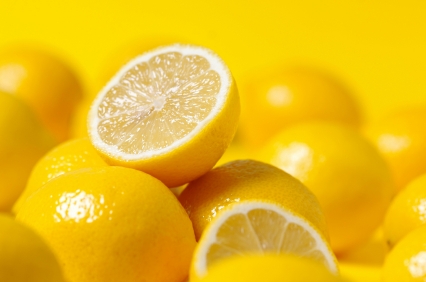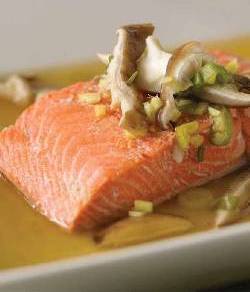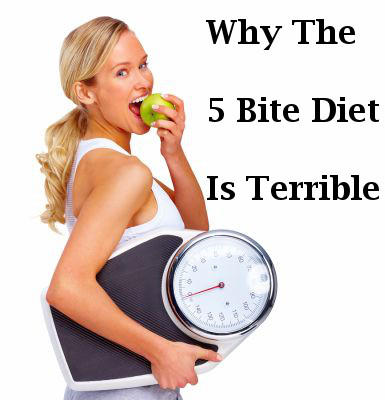The term ‘volumetrics diet’ is catching up these days suddenly with the attention gained from the media. So one would naturally as to what exactly it is and from where this term gained acceptance in the popular culture. The phrase ‘volumetrics diet’ was first used in the book released by Barbara Rolls in the year 2000, the title of which was ‘The Volumetrics Weight-Control Plan’ and it was co authored by Barbara and Robert Barnett. Both these writers have impressive credentials with Barbara holding a Phd from Penn State University and Barnett having a track record of writing in several nutrition publications.
The volumetrics diet is based on a simple fact that the volume of food eaten is more important to us when it comes to experiencing a sense of fullness as compared to the number of calories consumed. Although this fact is commonly known, most of the ‘diet plans’ work in exactly the opposite direction by proposing a curb on food volume and forcing the body to go into starvation.
As many would agree this approach is short lived since it is not possible for anybody to go on living on less food for extended durations. This is where the volumetrics diet differs. It proposes that by consuming foods, which are low in calorie content, you will not just lose but additionally such an approach would ensure that you can do so for extended periods of time, possibly months if not years. Further, you’ll not feel any urge of hunger since you’re not eating less food than demanded by your appetite.
Volumetics diet and food density
In simple words, the density of calories is more important than volume of food consumed when it comes to volumetrics diet. This is important, as authors argue that we eat almost the same quantity of food everyday based on our constant appetite without taking into consideration the calorie content. The research for this book was done in renowned institutes such as the National Institutes of Health and Penn State’s labs. Moreover, Barbara has written more than 200 research papers in her lifetime propagating the volumetrics diet.
After her first book in 2000, Barbara released ‘The Volumetrics Weight-Control Plan’ in 2005 and this book was also received with much ado by the fans of the volumetrics diet. The main theme of the first book was restated in the control plan and several recipes were provided for controlling in a natural fashion following the volumetrics diet.
What can’t you eat on the Volumetrics diet
Perhaps the best feature of the volumetrics diet is its harmony with all kind of foods. Barbara has declared no food as an ‘outlaw’ in the volumetrics diet plan. Although she does puts a lot of emphasis on low calorie, high volume foods but that does not mean that you can’t eat high calorie foods such as cheese, high sugar drinks or other beverages. All you have to do to incorporate these into your diet is to ensure that you do not exceed your caloric recommendations.
This control plan provides specific calorie plans which can be tailored to your personal needs. The calorie content of your meals can also be easily calculated using the guide lines outlined in the book. Almost everything is taken into consideration for calculation of caloric density including the serving size. Even after all this, the author does accept that volumetrics diet research is still in its infancy,




